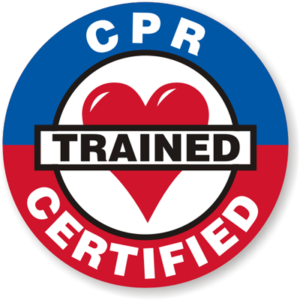
Rip Tides
Surf Education > Rip Tides >
Rip currents are the most threatening natural hazard along our coast. They pull victims away from the beach. The United States Lifesaving Association has found that 80% of the rescues effected by ocean lifeguards involve saving those caught in rip currents.
A rip current is a seaward moving current that circulates water back to sea after it is pushed ashore by waves. Each wave accumulates water on shore creating seaward pressure. This pressure is released in an area with the least amount of resistance which is usually the deepest point along the ocean floor. Rip currents also exist in areas where the strength of the waves are weakened by objects such as rock jetties, piers, natural reefs, and even large groups of bathers. Rip currents often look like muddy rivers flowing away from shore.
Rip currents are sometimes mistakenly called “rip tides” or “undertows.” These are misnomers. Rip currents are not directly associated with tides and they do not pull people under.
Try to avoid swimming where rip currents are present, but if you become caught in a one, swim parallel to the shore until the pull stops and then swim back to shore. If you are unable to return to the beach, tread water and wave for lifeguard assistance.
Stay at least 100 feet away from piers and jetties. Rip currents often exist along the side of fixed objects in the water. Be aware of ocean conditions. Lifeguards are trained to identify potential hazards. Ask a lifeguard about the conditions before entering the water.
Rip currents are responsible for about 150 deaths every year in the United States. In Florida, they kill more people annually than thunderstorms, hurricanes and tornadoes combined. They are the number-one concern for beach lifeguards: About 80 percent of all beach rescues are related to rip currents.
Despite these startling statistics, many swimmers don’t know anything about rip currents, and they have no idea how to survive when caught in one. In this article, we’ll find out what causes rip currents, how you can recognize them and what you should do if one takes you out to sea.
A rip current is a narrow, powerful current of water running perpendicular to the beach, out into the ocean. These currents may extend 200 to 2,500 feet (61 to 762 m) lengthwise, but they are typically less than 30 feet (9 m) wide. Rip currents can move at a pretty good speed, often 5 miles per hour (8 kph) or faster.
These currents are often called “riptides,” but this is a misnomer. Tides are the rising and falling of water levels in the ocean. They are primarily caused by the moon’s gravitational pull , and they change gradually and predictably every day. Rip currents are caused by the shape of the shoreline itself, and they may be sudden and unexpected.
Rip currents may also be referred to as “undertow,” which is just as inaccurate. Undertow describes a current of water that pulls you down to the ocean bottom. Rip currents move along the surface of the water, pulling you straight out into the ocean, but not underneath the water’s surface. A rip current may knock you off your feet in shallow water, however, and if you thrash around and get disoriented, you may end up being pulled along the ocean bottom. But if you relax your body , the current should keep you near the surface.
Rip currents are terrifying because they catch you off guard: One minute you’re bobbing along peacefully in the surf, the next you’re being dragged out to sea at top speed. They occur in all sorts of weather and on a wide range of beaches. Unlike violent, crashing waves, you probably won’t notice a rip current until you’re right in the middle of it.
Rip currents are anomalous occurrences, but they are born out of ordinary, everyday ocean waves. On the most basic level, you can think of ocean waves as traveling fluctuations in water level. Some external force (usually the wind) pushes on the ocean, creating a swell of water, which is passed along the ocean’s surface. The energy of the wave, which may be built up by additional wind pressure, is passed from water molecule to water molecule. The water itself doesn’t actually travel; only the energy keeps going.
Eventually, some waves meet up with land. In areas with a rocky shore, the water surge “crashes” as it is deflected. On a sandy beach with a gently sloping shore, the swell simply pushes uphill. The climb up the beach drains all the energy of the surge, and the water eventually flows downhill, back to the ocean — in other words, the water finds its own level again.


